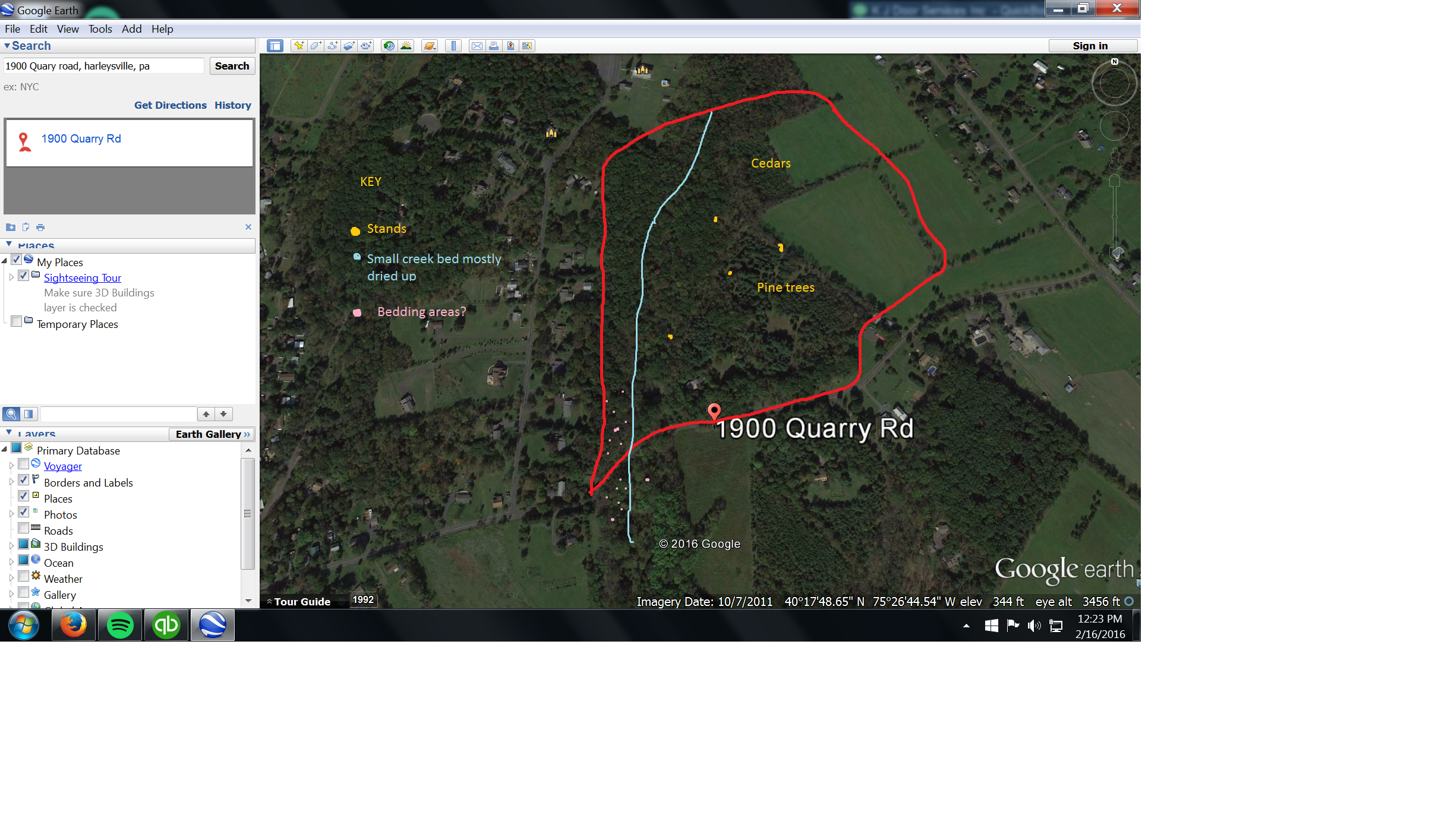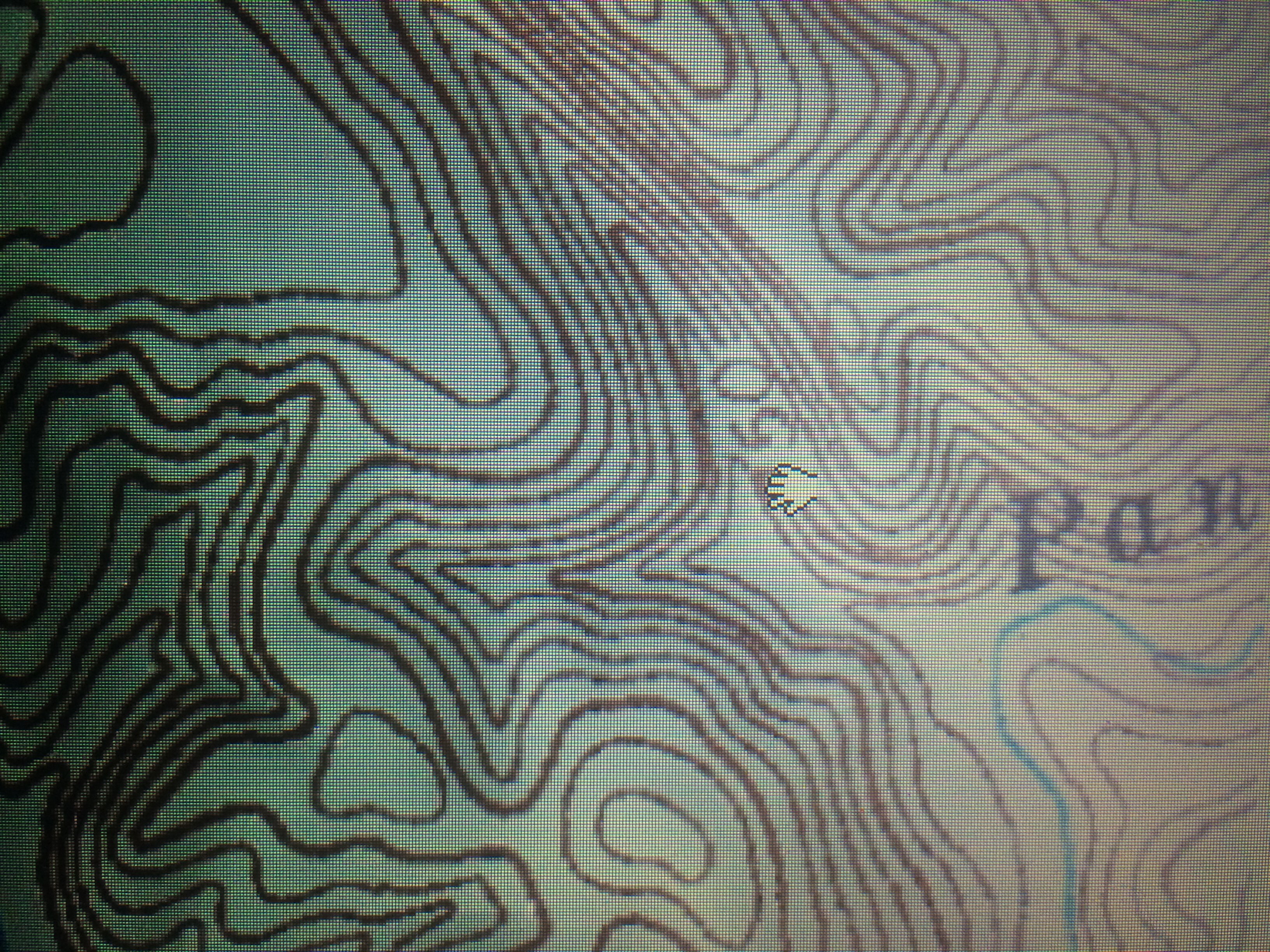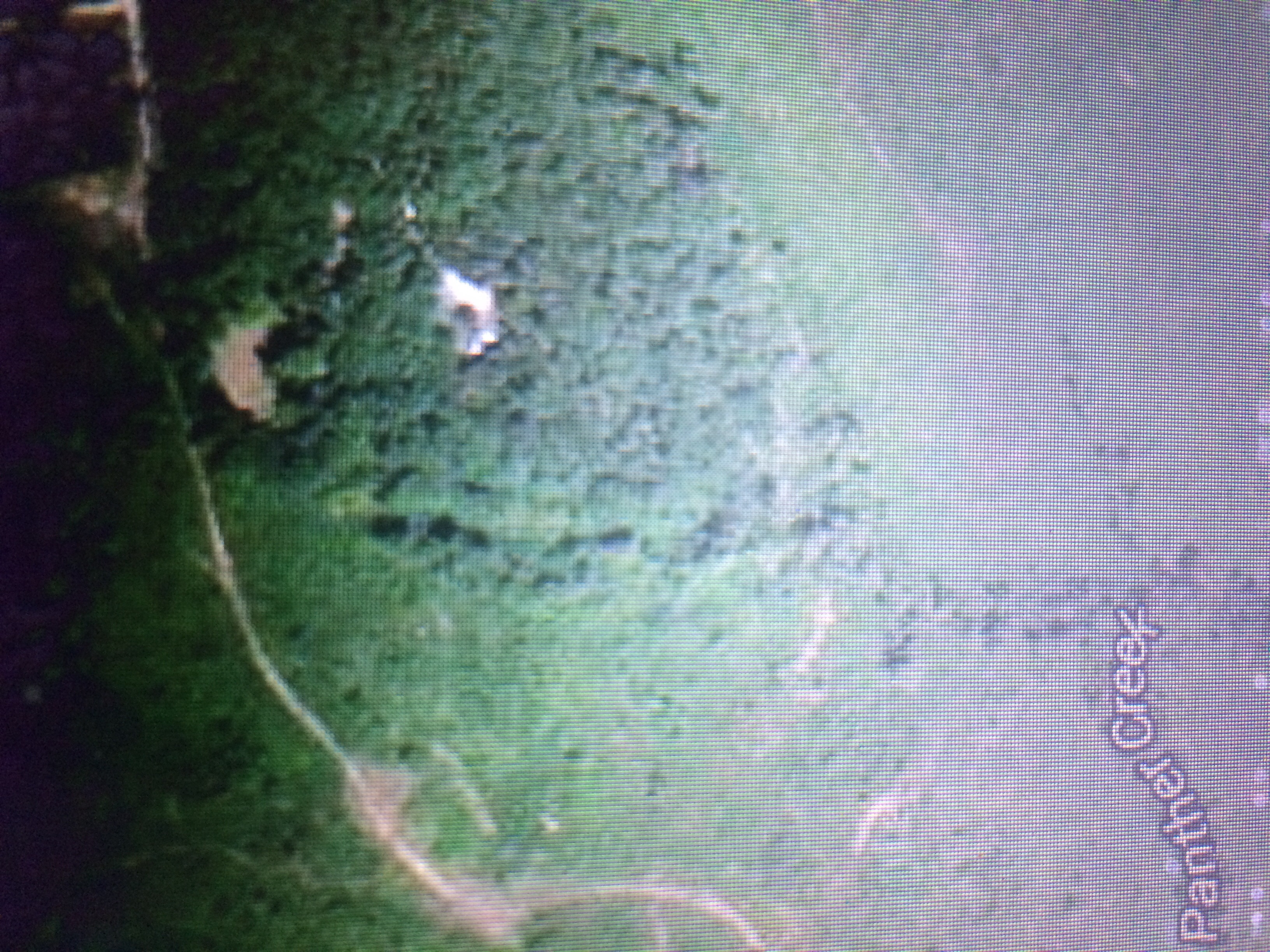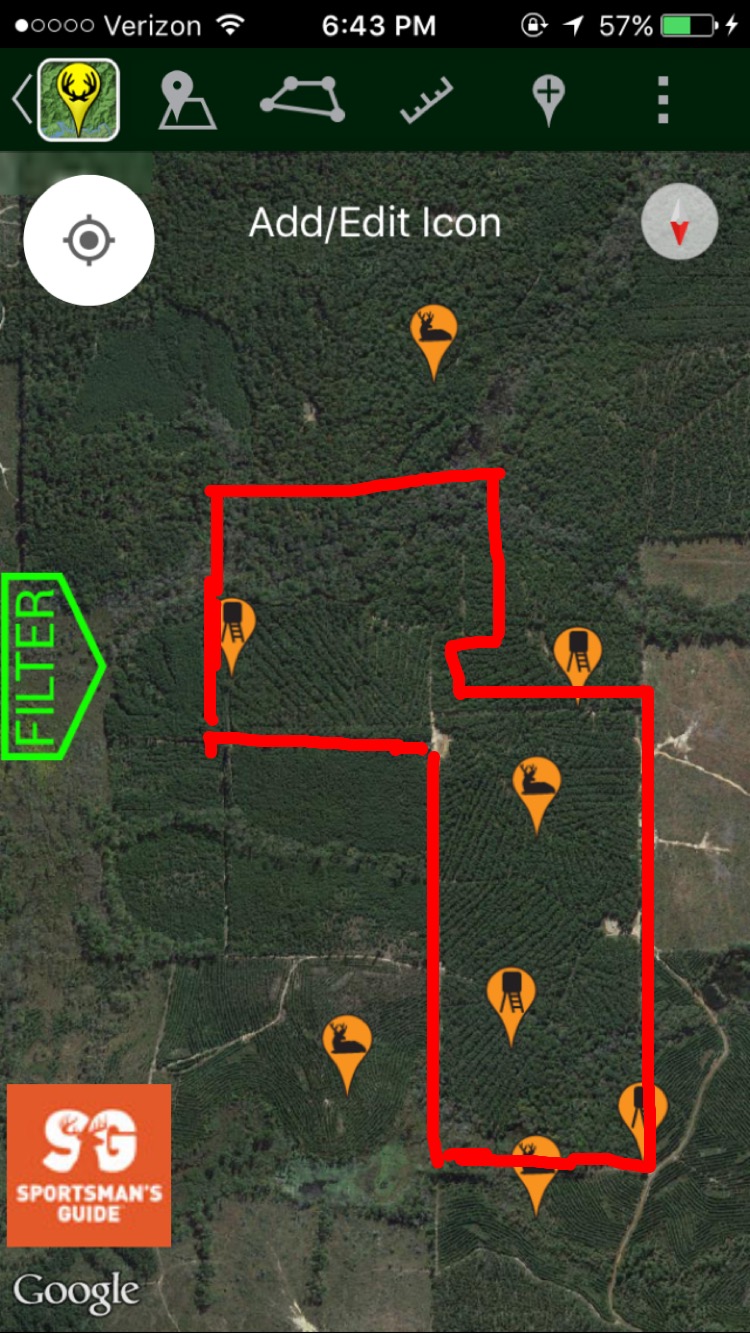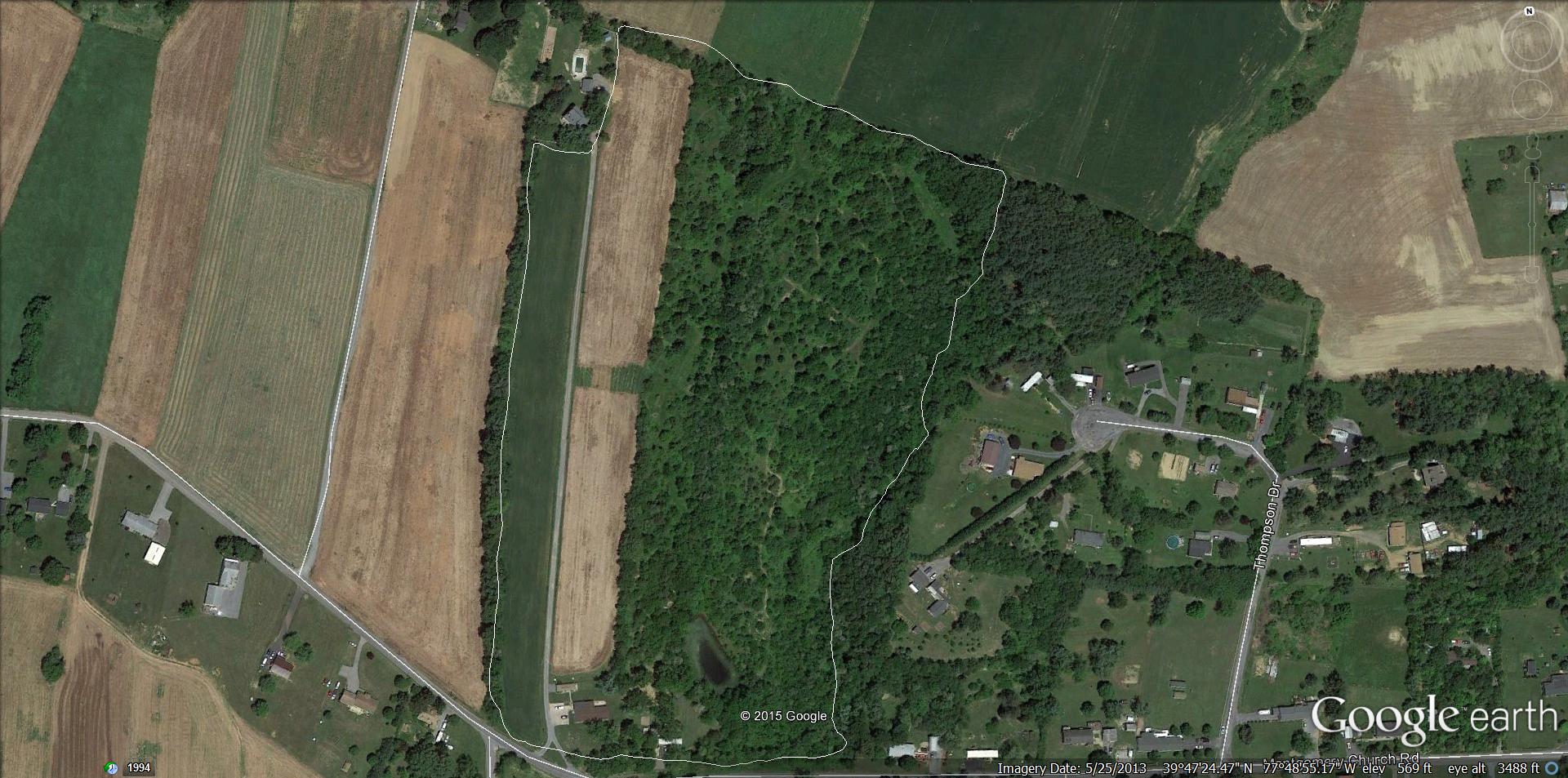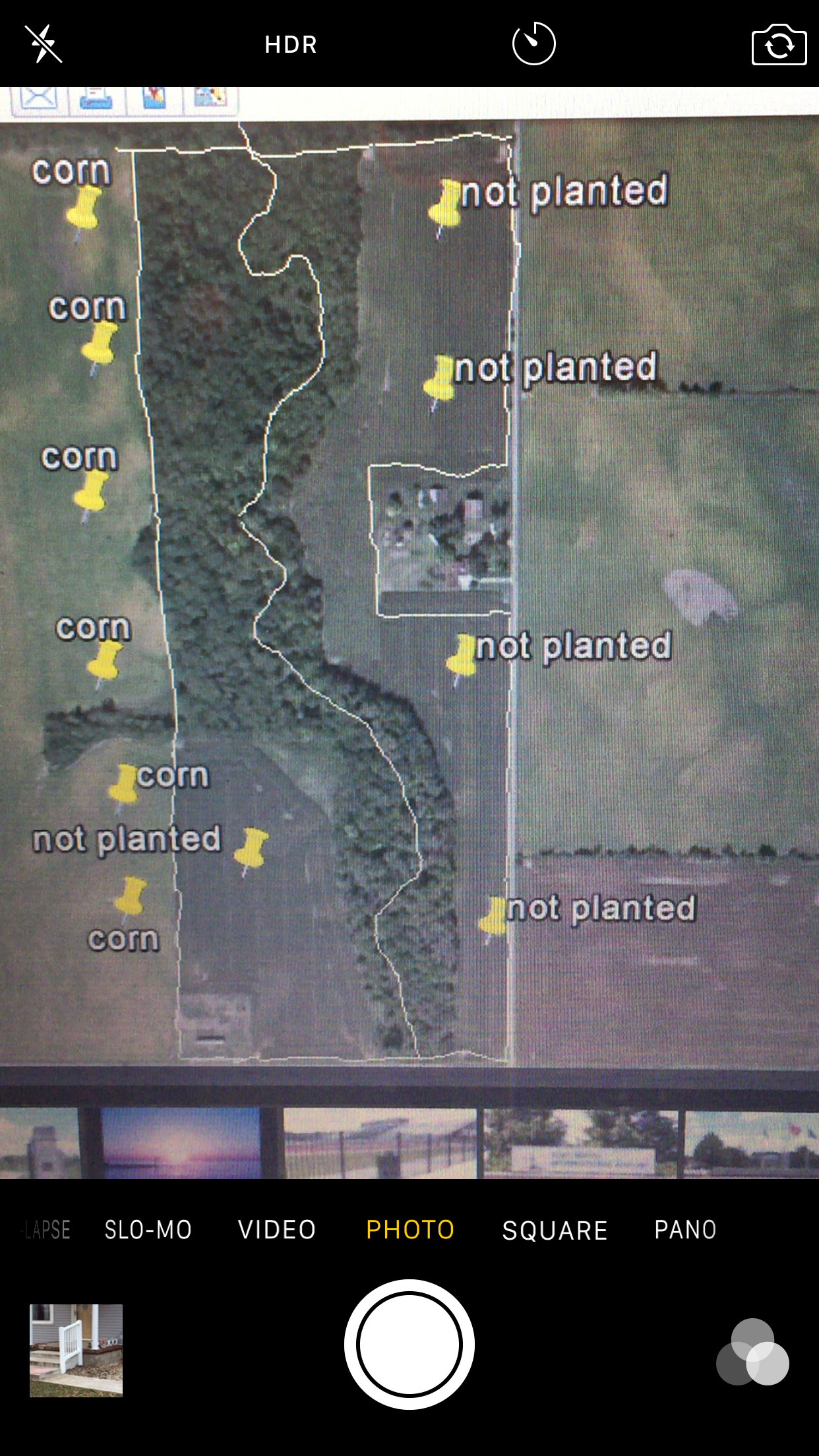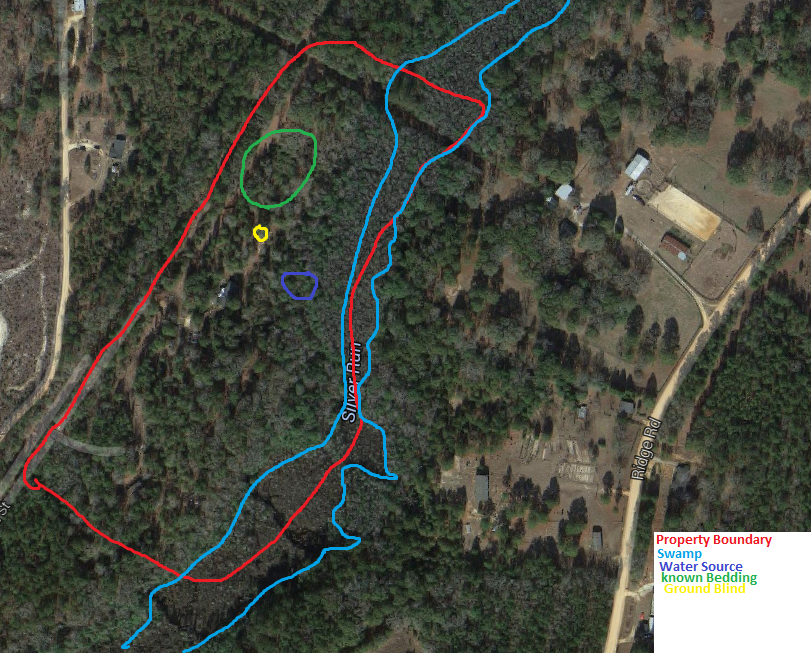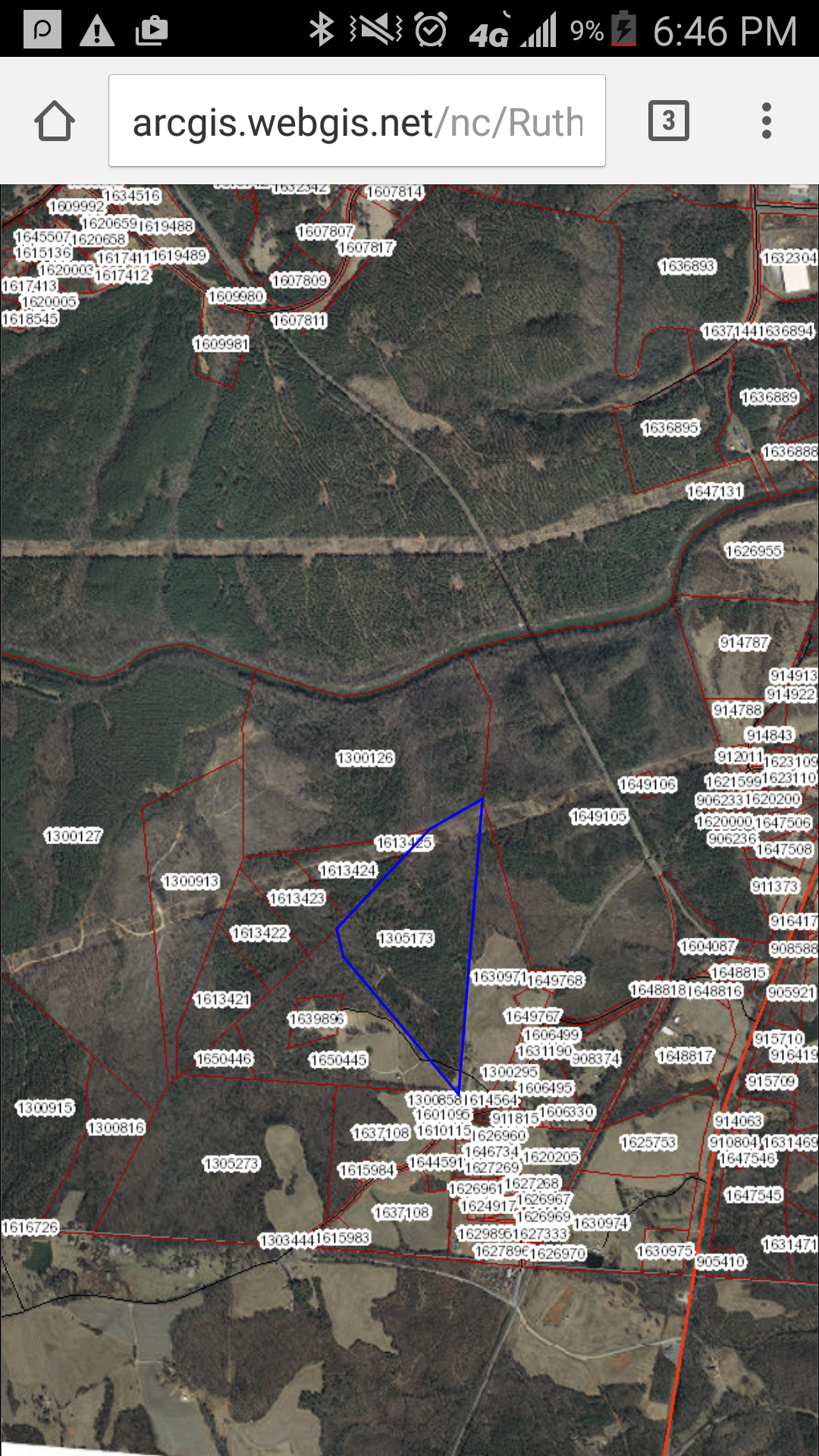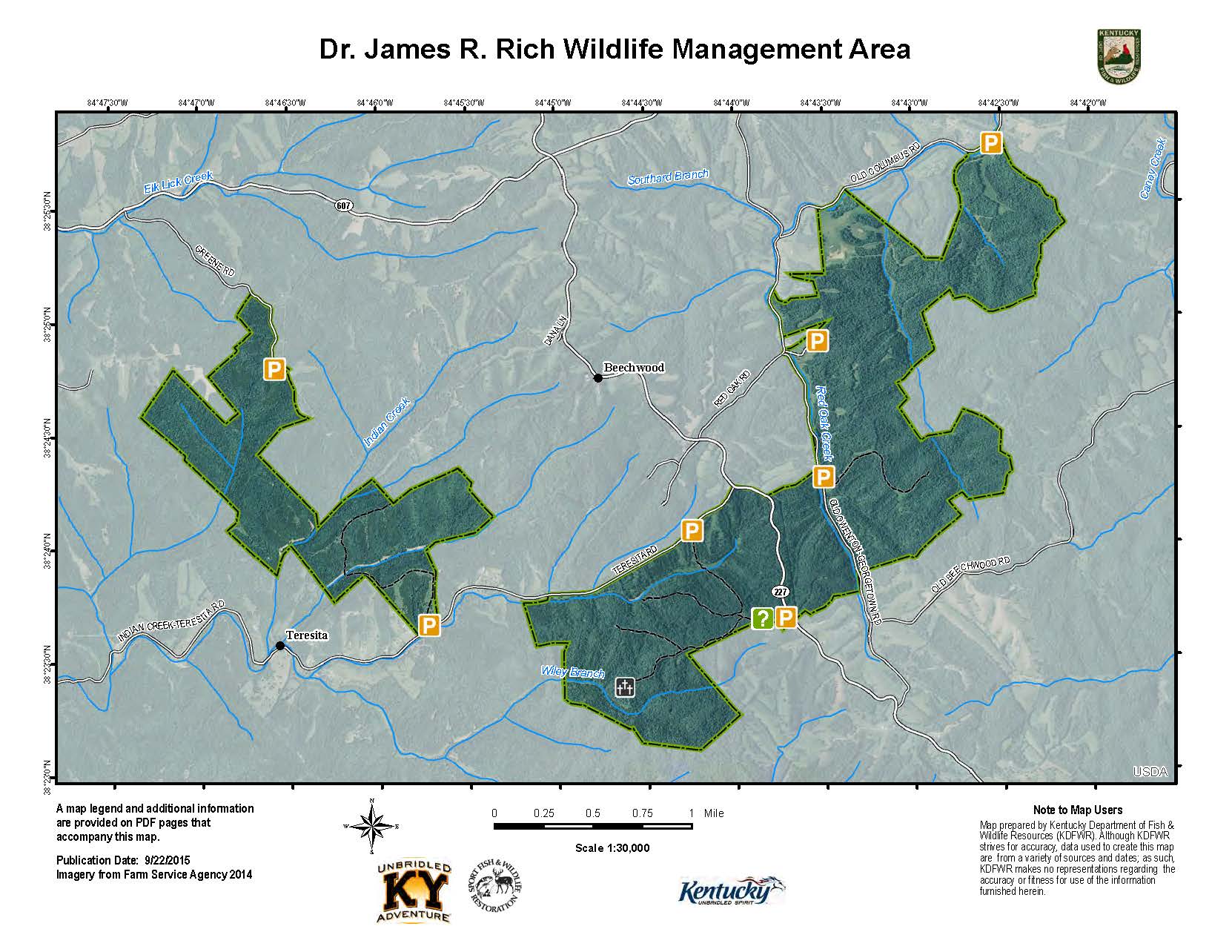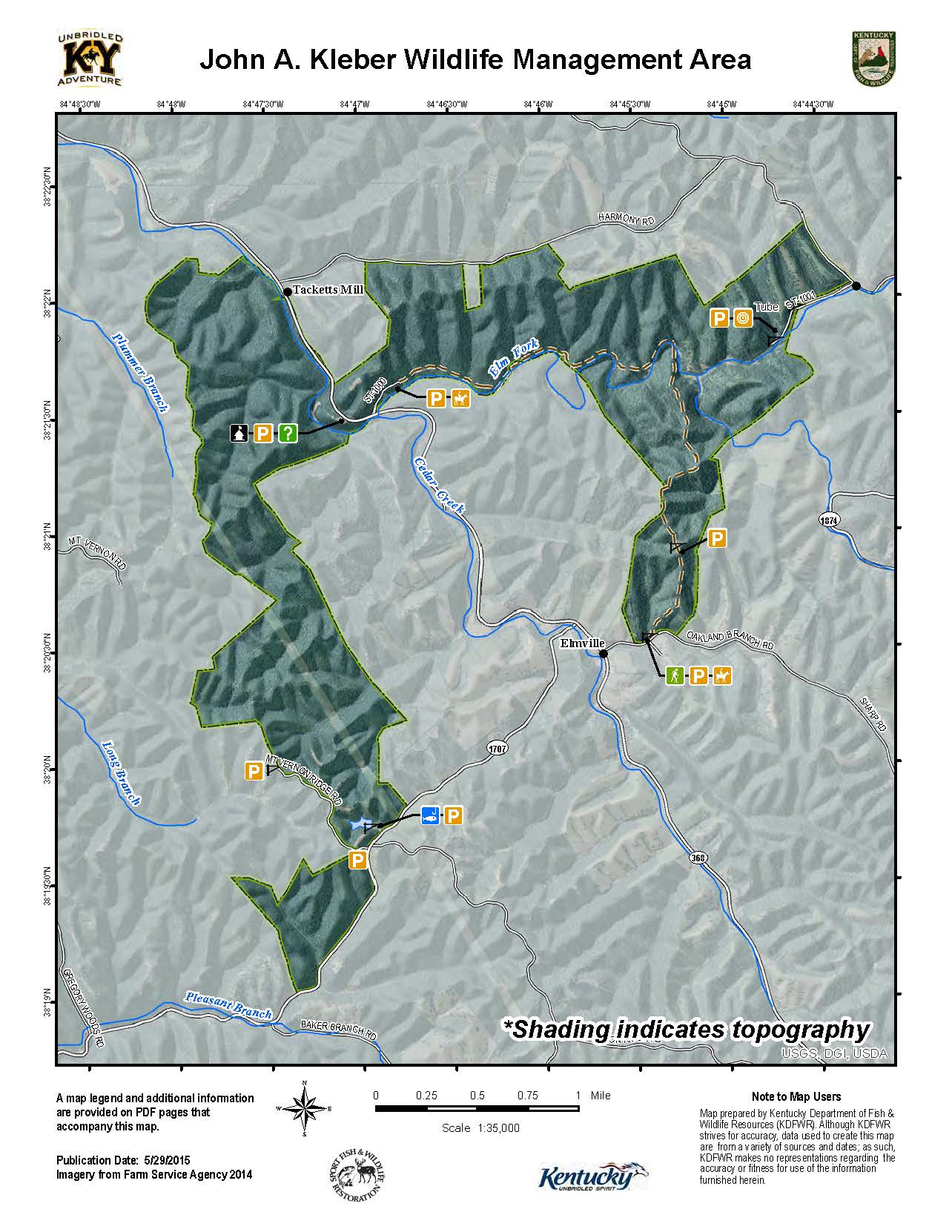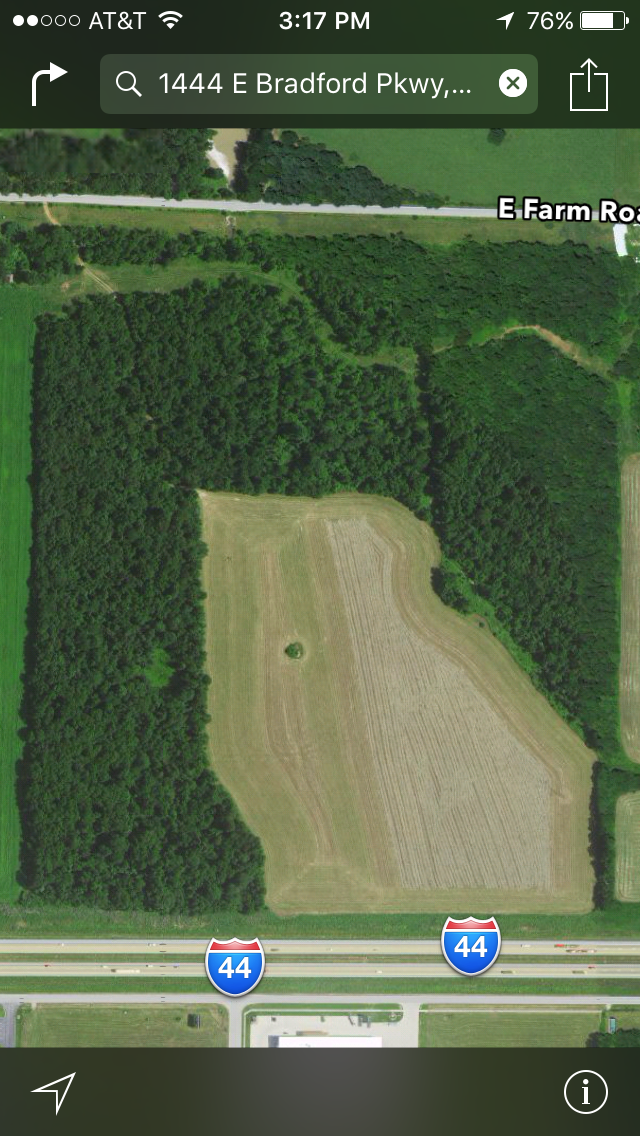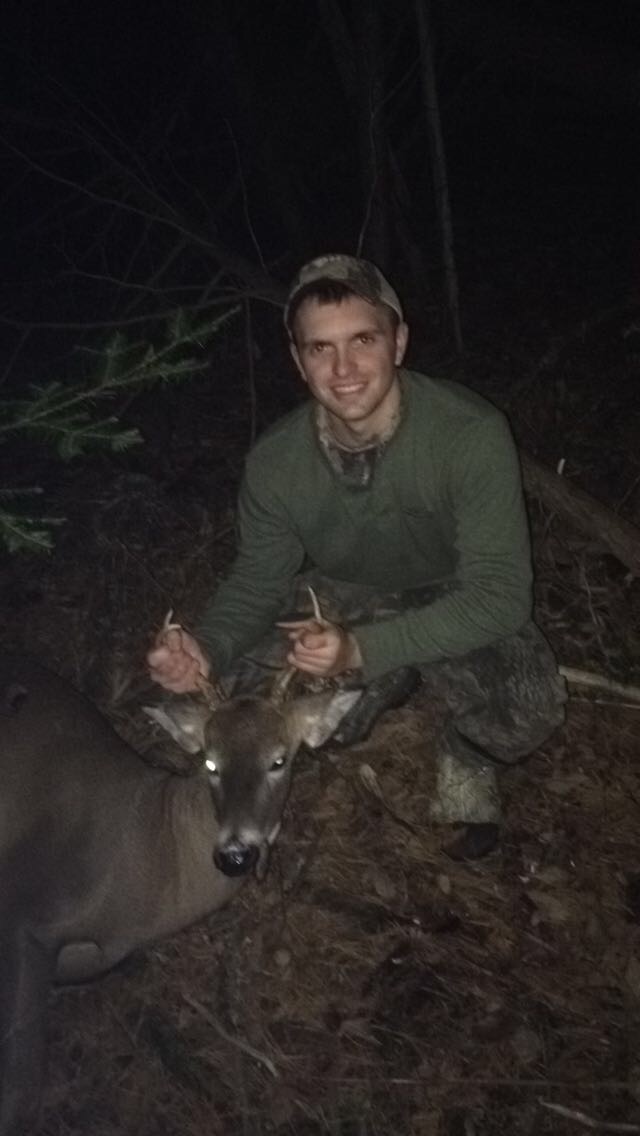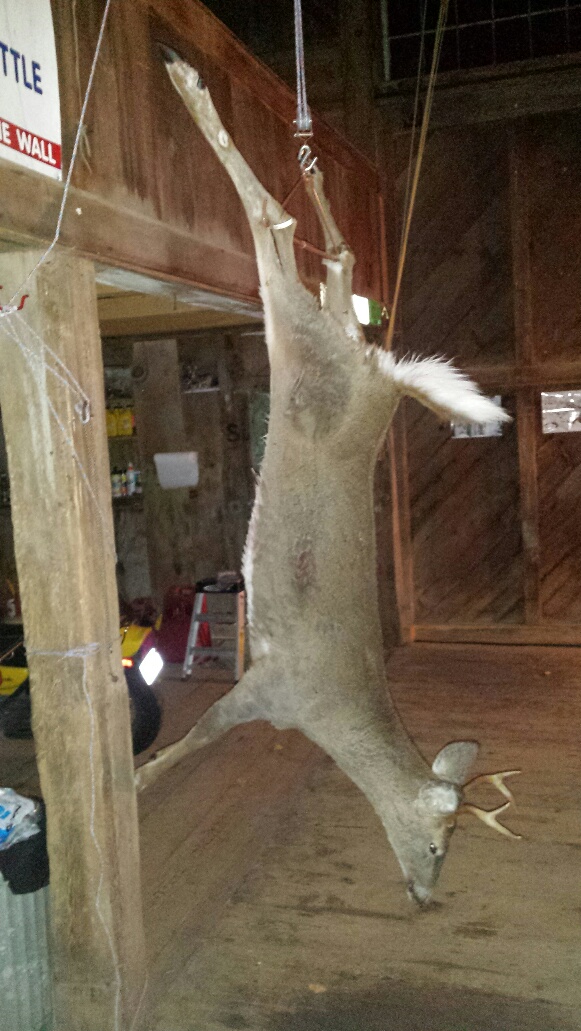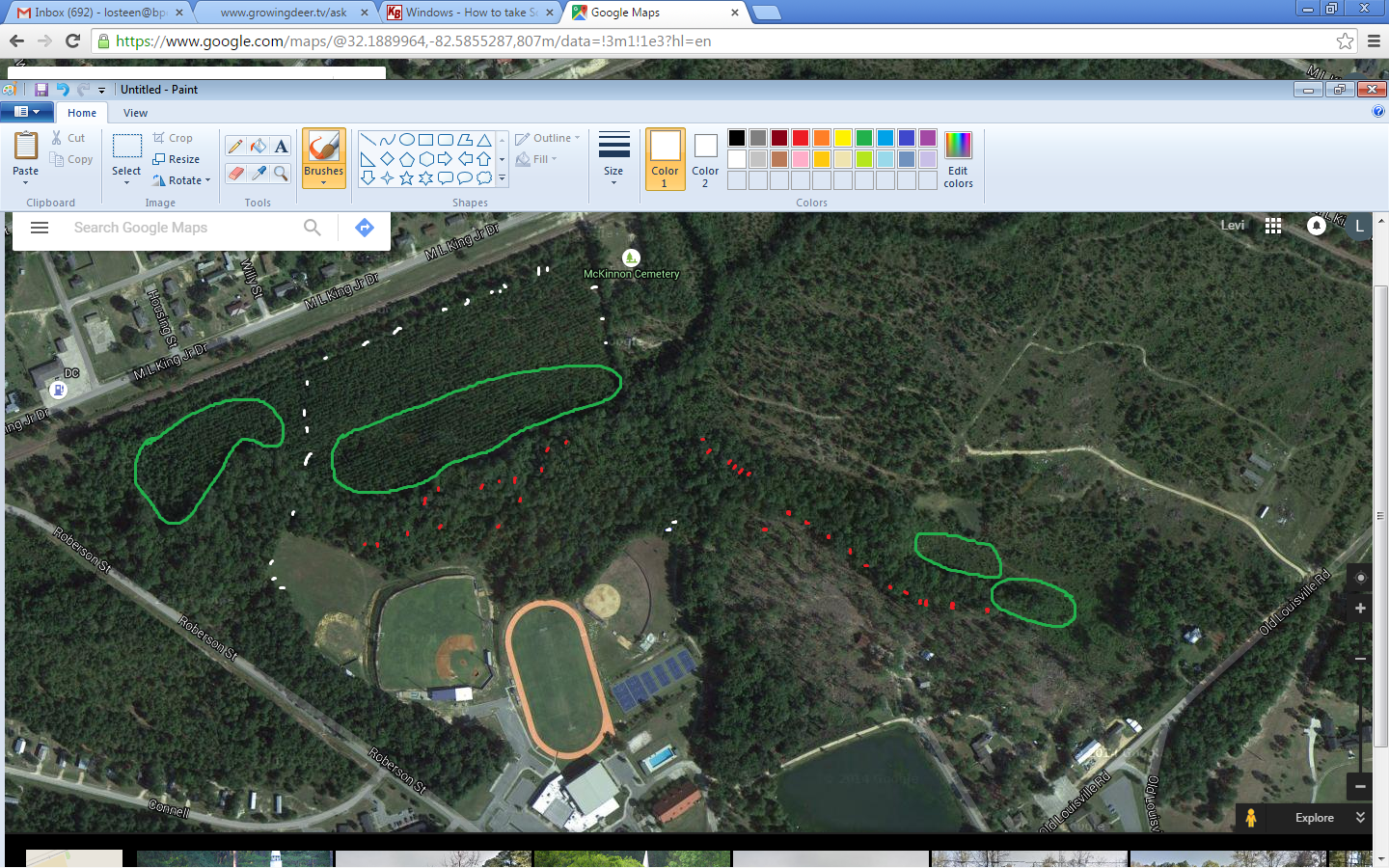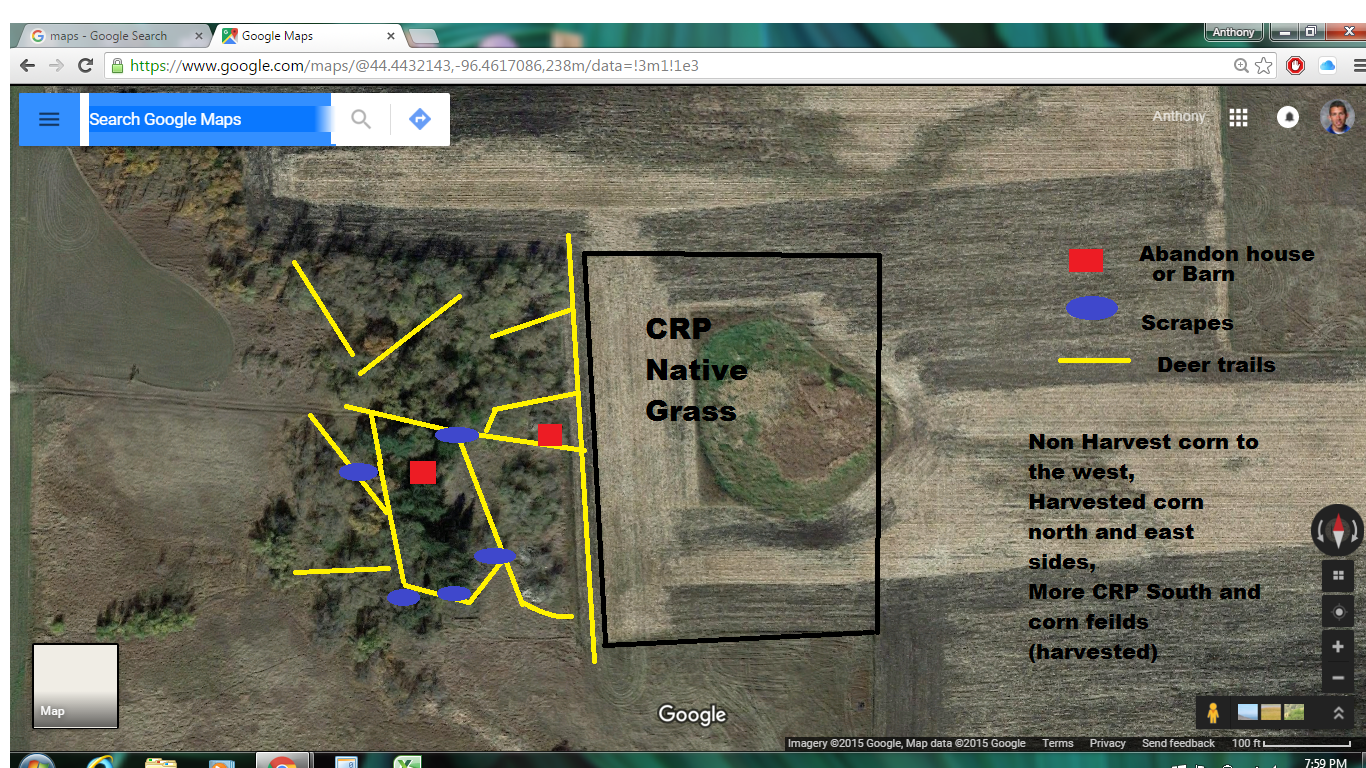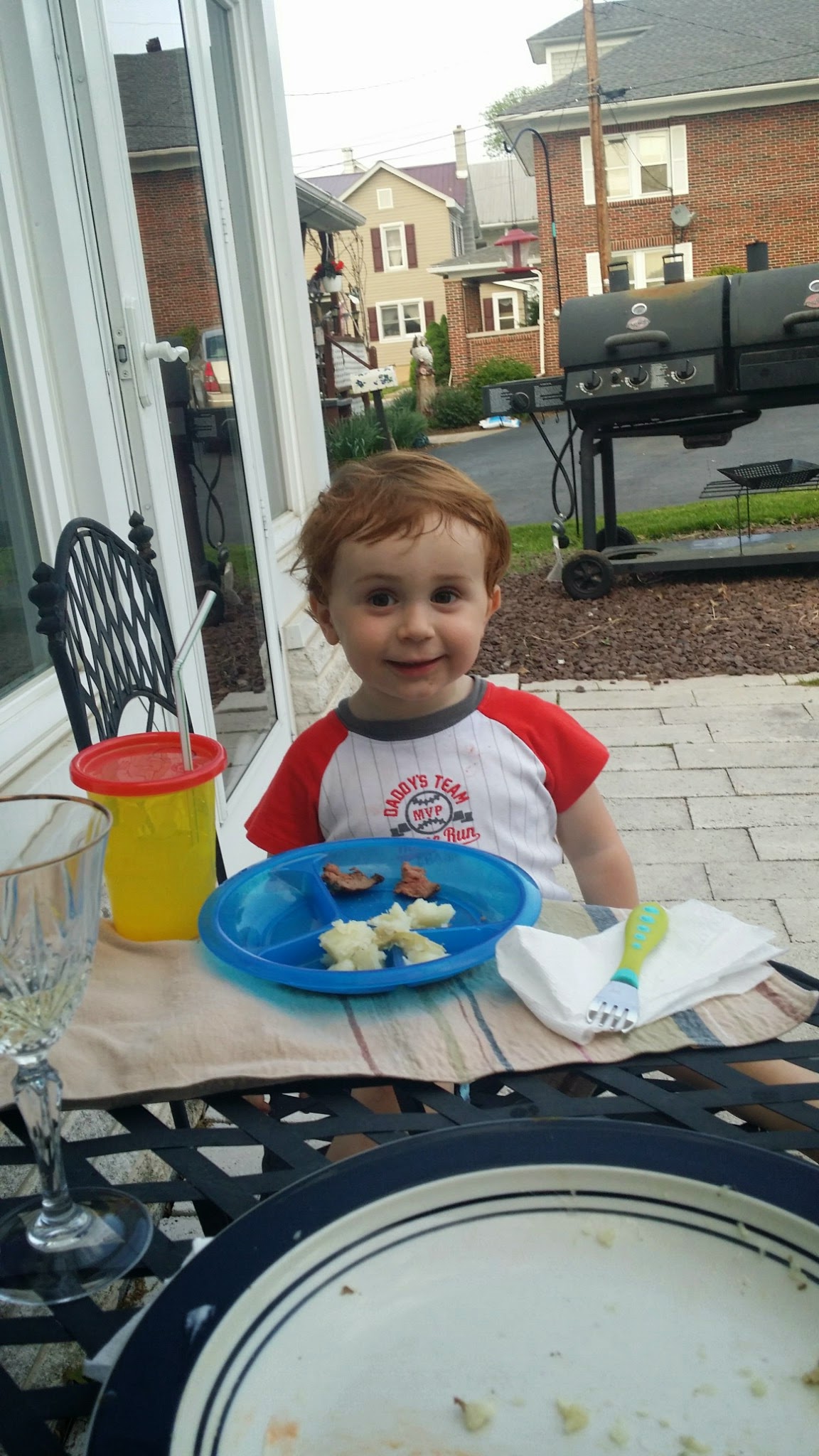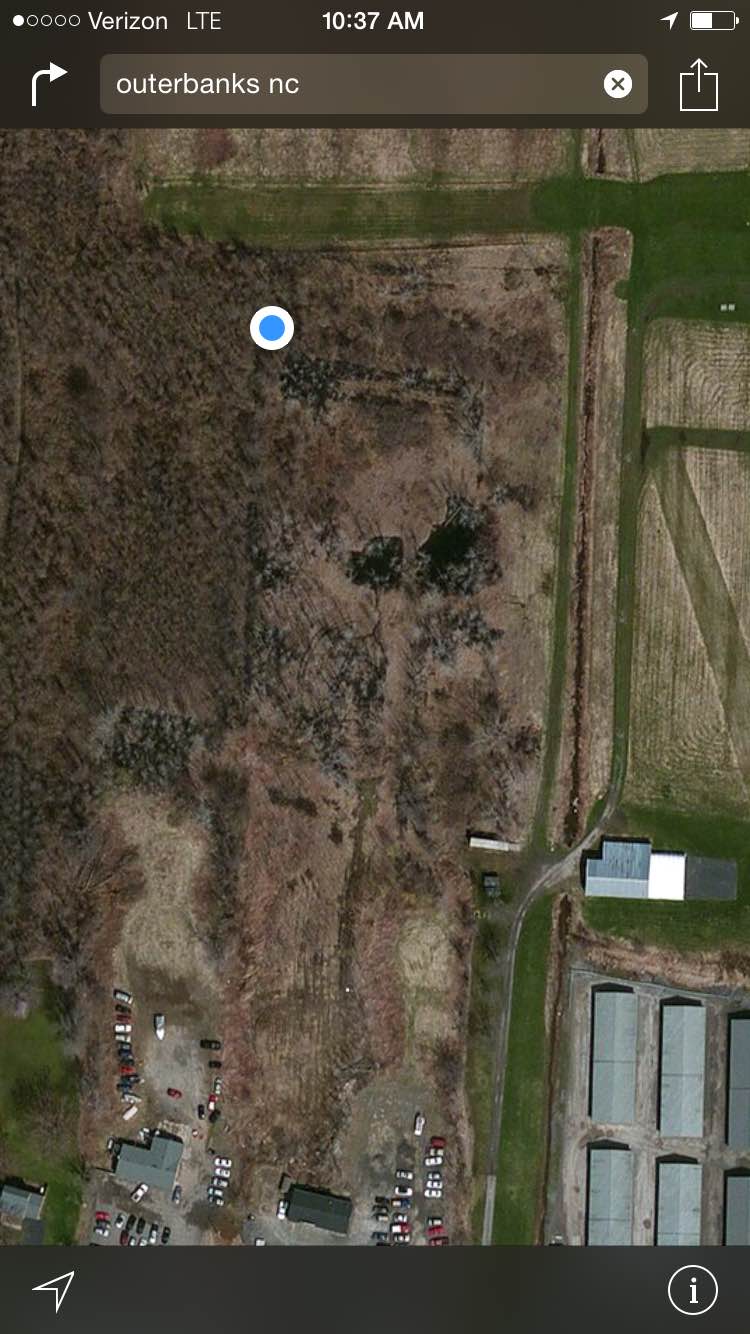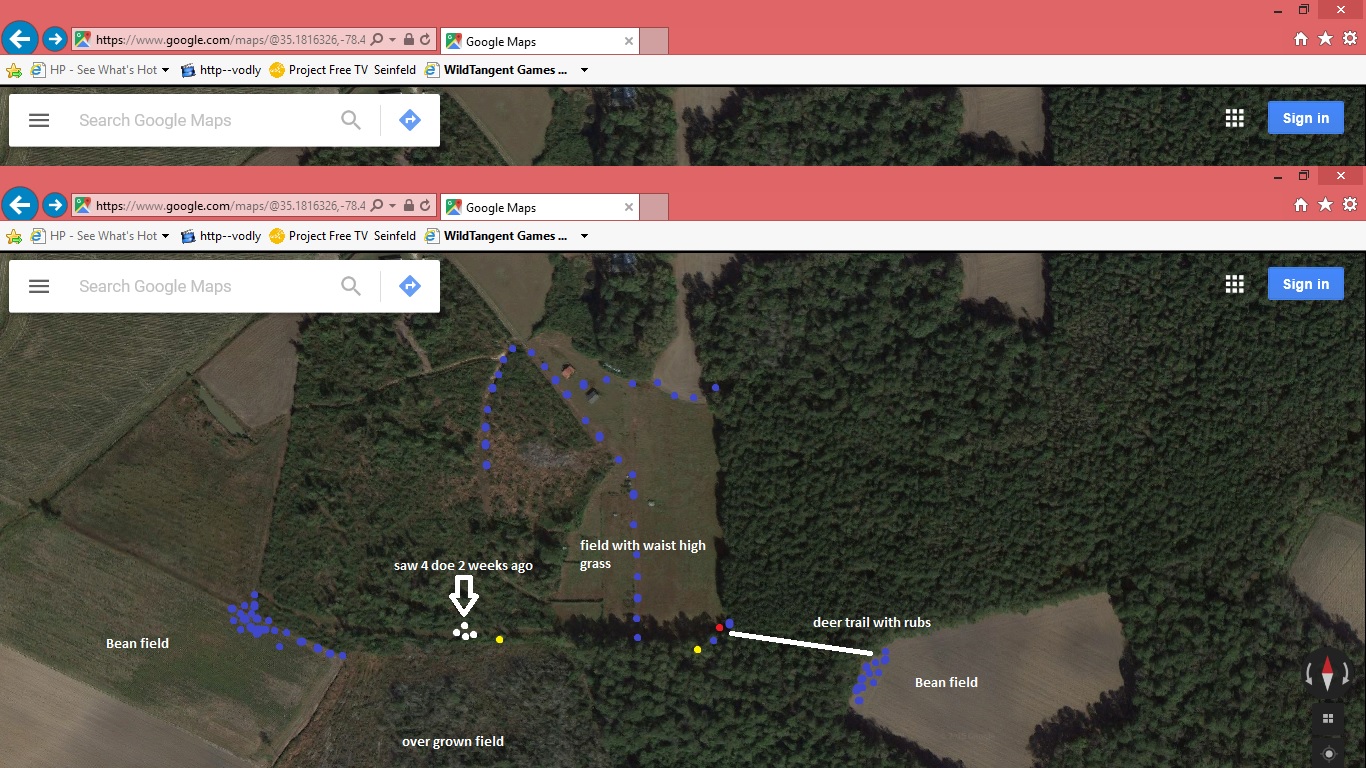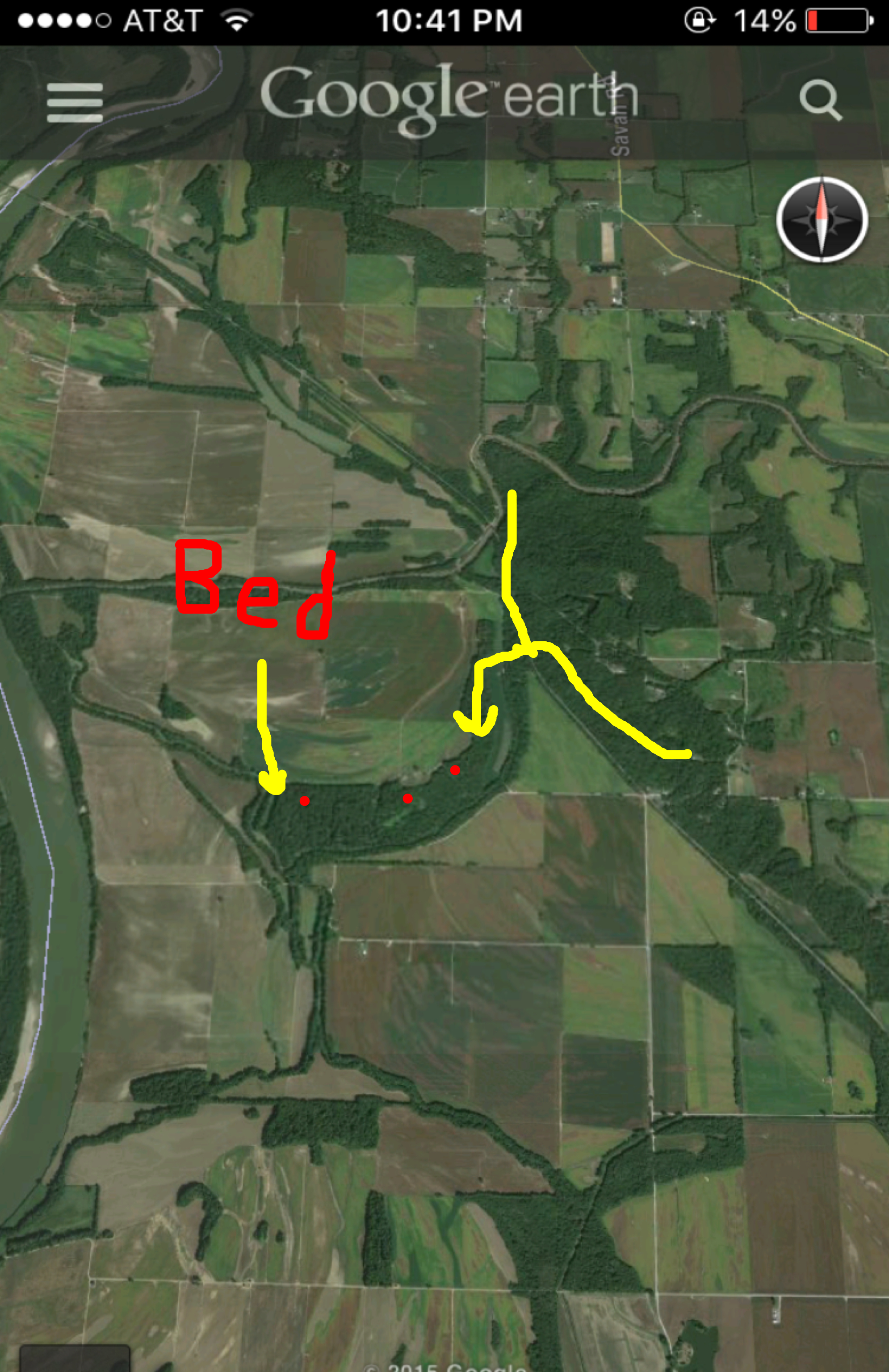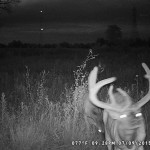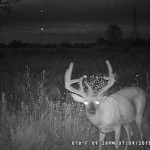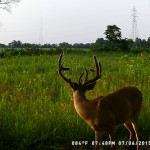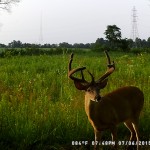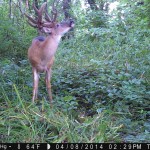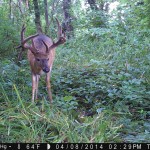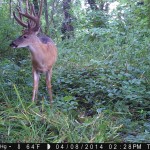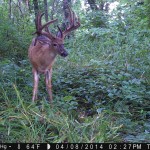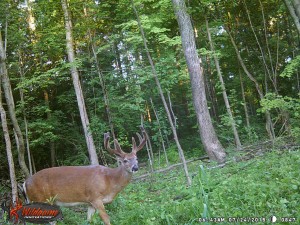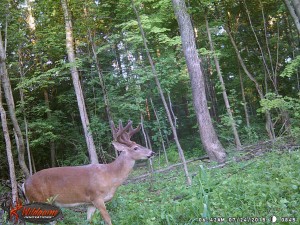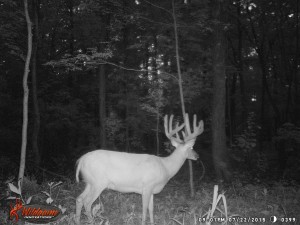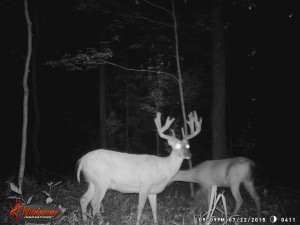How Deer Use the Wind
Dr. Woods,
I’m curious about wind direction and how deer use it. Bucks prefer to quarter the wind, right? Do does prefer the same setup? Do deer deviate much from this (walking into or quartering the primary wind direction)?
If you were hunting a transitional zone between a feeding area and bedding area with a primary wind direction coming out of the north (blowing south), with the feeding area north of the transition area and the bedding area south of it, deer would probably be likely to move from the bedding area through the transition area (and hopefully present a shot) to the feeding area in the afternoon.
What about in the morning? I know deer move back to bedding areas in the morning. If the wind is still coming from the north and blowing south, the wind won’t alert deer since you’d be downwind of them. However, the deer won’t have the wind in their nose or quartering to them (unless they were moving backwards). So, would this transitional area still be a good place to see a deer, or would the deer simply move to a bedding area that is further north of the feeding area so that they can utilize the wind to their advantage?
I’m sure I’m over complicating this, but I’m just trying to learn how deer really use the wind. Even in my area the wind changes daily, but sometimes I notice the same deer move from the same bedding area to the same feeding area so I know they are not always using the wind to their advantage. However, this is mostly does and not bucks.
Thanks!
Eric
Eric,
I have and still do spend hours pondering how deer use the wind! I make no claims that I’ve figured that out yet. In general, deer like to move with the wind in their advantage. However, what is “in their advantage?” Is it in front of them so they can detect threats before they approach an area or is it when the wind is behind them and they can detect threats that might approach from the rear?
Deer obviously move in all directions in relation to the wind. If the wind remains out of the north for a week, they don’t end up traveling miles and miles north simply because they wanted to keep the wind in their face. I think deer are much more sensitive to thermals and minor wind currents than most hunters realize. Hunters, me included, seem to get hung up on the general wind direction. I believe deer avoid two and four legged predators by paying attention to thermals (air moving up or down in elevation because of temperature gradients). These thermals can occur due to slope, shade/sunlight patterns, etc.
I use several tools including unscented talcum powder, bubbles, etc., to detect thermal patterns when selecting stand sites. To complicate this process more, thermal patterns often change throughout the day as the temperature changes.
Working to reduce your scent by clothing, equipment, good hygiene and understanding localized thermals are key factors in observing and harvesting mature bucks.
Growing Deer together,
Grant
🔗 Link | ↑ Top



